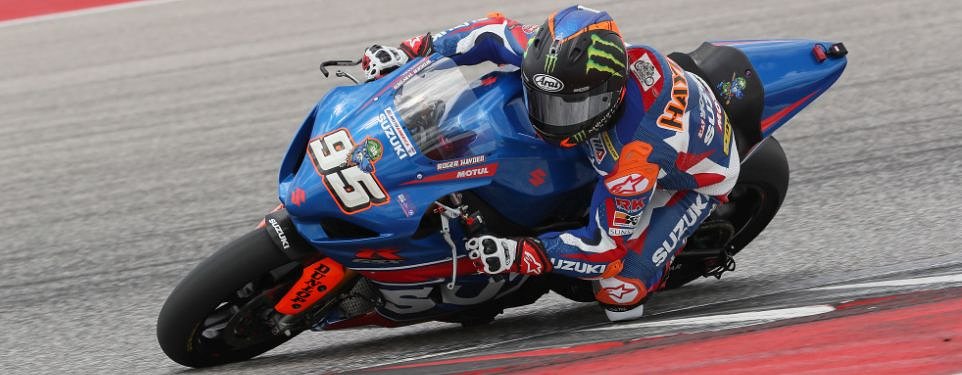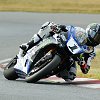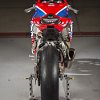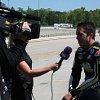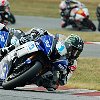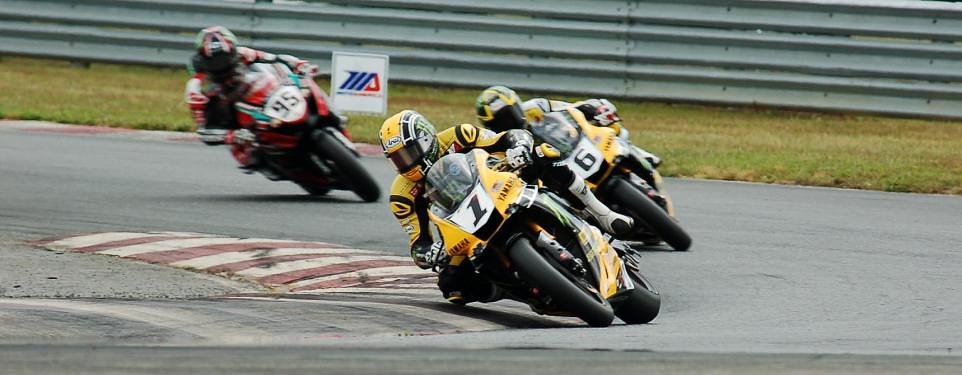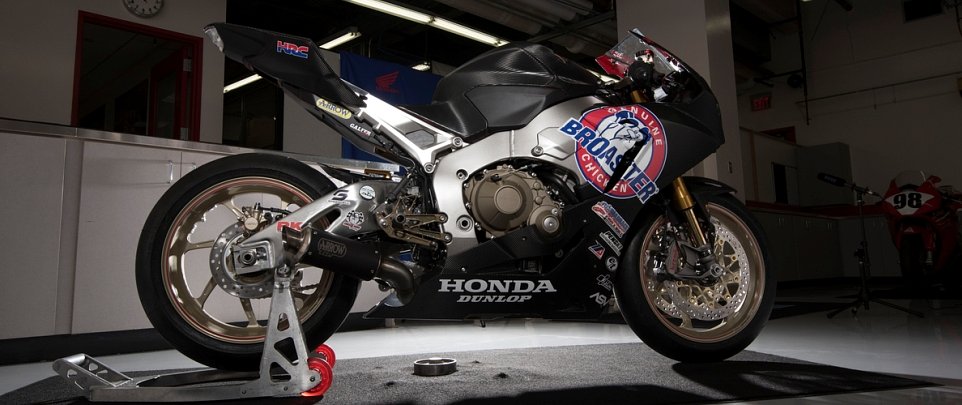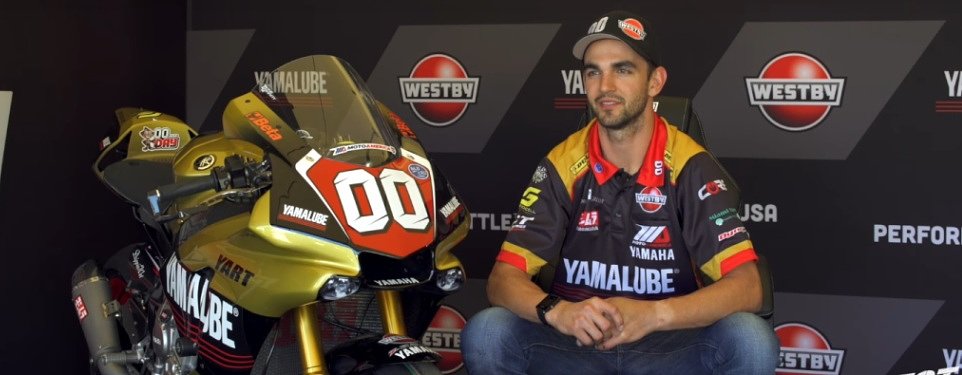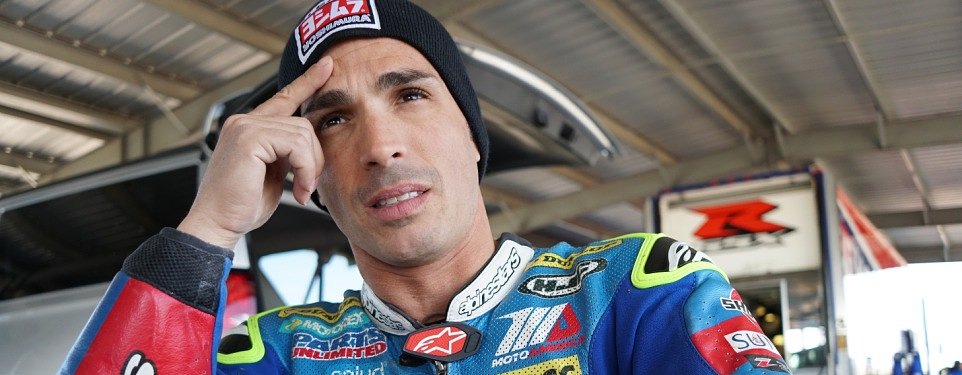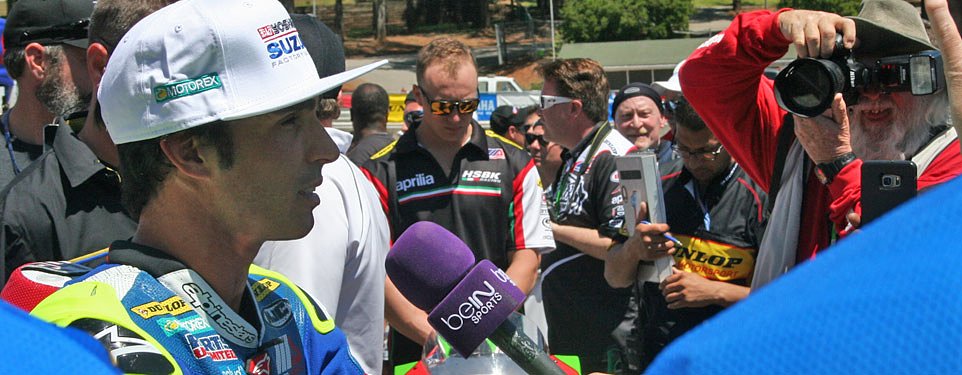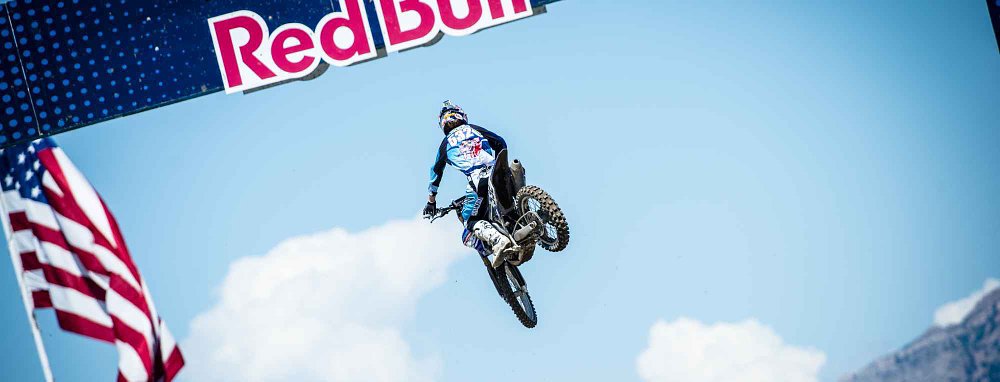In an emergency situation, you first secure the scene so nothing else bad happens, then you ensure survival (is the patient breathing?) and only then can you start trying to cure the injured.
That sort of triage is what MotoAmerica has had to do for domestic Superbike racing in the United States. Year one (2015) was just about making sure there was a series, while 2016 added a television package and gradually improved the strength of the series. Now, in year three, MotoAmerica is beginning to implement its long-term plan to rebuild roadracing in this country.
That’s good news, but even better is the likelihood that we’re going to see some really interesting on-track action this season.

MotoAmerica Superbike moves closer to World Superbike
One of the long-term goals the KRAVE Group had when taking over management of the series was to bring the rules into line with World Superbike. This creates several advantages. MotoAmerica teams can draw on the experience of their counterparts at the WSBK level. Manufacturers have one less obstacle for racing in MotoAmerica, because they don’t have to come up with an entirely different Superbike. Riders can more easily make the jump from one series to the other, because the equipment is more similar.
Certainly sooner than most would have predicted, MotoAmerica has made that move in just its third season, changing the rules to match WSBK. They’ve also tweaked the rules for the Superstock 1000 bikes, which carry on their own race on the track at the same time with the full-fledged Superbikes. By allowing a few more modifications to the Superstock bikes, the goal is to allow them to be faster for more laps. In many cases last year, Superstock bikes were able to harass the Superbikes in the early laps, but as the tires began to wear, the Superstock bikes lost touch.
Switching to World Superbike rules is a mixed blessing for the teams. It increases their work load, as they have to learn new electronics packages, but it also opens up new possibilities for gaining an advantage. Odds are good that we’ll see faster lap times this year.

The challenge: Lack of mobility
Lowering the barriers between MotoAmerica and WSBK could also address the other remaining challenge the domestic series faces. One of MotoAmerica’s goals when setting out to revive the series, after taking over from the Daytona Motorsports Group, was to help talented U.S. riders make it to the world stage. Right now, there are no U.S. riders in any level of MotoGP racing and only Nicky Hayden in World Superbike and P.J. Jacobsen in World Supersport.
The lack of mobility is frustrating for riders and fans. After Ben Spies won two AMA Superbike titles, he got a World Superbike ride and won the title his rookie year. Cameron Beaubier has now won two MotoAmerica titles, but instead of moving to the next level, he’s back here defending his championship. Beaubier has said he’d like to test himself at the world level, just as MotoAmerica Supersport Champion Garrett Gerloff would like to move up to Superbike.
There just aren’t enough good seats available, and teams in Europe don’t look to the United States for up-and-coming talent, it seems. That can change as MotoAmerica gets stronger and wins more respect worldwide, but that takes time, and one thing professional roadracers don’t have a lot of is time.
Will we see the series get stronger this year? It looks promising, especially for fans who want to see more competitive racing. While the Superbike class still has a clear dividing line between the top two teams and the rest, the gap is closing.
The top tier: Yamaha and Suzuki
Only two teams have been truly capable of winning a Superbike race in the two years of MotoAmerica management: the Monster Energy/Yamalube/Yamaha Factory Racing team and Yoshimura Suzuki Racing, and the Yamaha guys took 28 of those 36 races, including all of them in 2015. It’s still a pretty safe bet that those four riders will also win all the Superbike races in 2017, but how it happens is far less certain, as is Yamaha’s stranglehold on the championship.
The Yoshimura Suzuki team is energized by the arrival of the new GSX-R1000RR, the first major update to Suzuki’s flagship since 2009. (If you haven’t already read Mark Gardiner’s look inside Yoshimura’s test session, do it now.) While learning a new bike poses challenges for the entire team, it has also given riders Roger Hayden and Toni Elias added hope. Hayden lost half a dozen races to the Yamahas by a fraction of a second the last two years, and Elias won six races last year, so they didn’t need to make up much ground on Beaubier and Josh Hayes.
The new bike may give them just the advantage they need. Hayden finished the final preseason test at COTA with the fastest lap, at 2:08.305, while Elias was just behind at 2:08.432 and Beaubier was third at 2:08.827. Whatever happens, no one is likely to refer dismissively to the 2017 season as “the Yamaha Cup.”

The second tier: Herrin, Honda, Kawasaki, BMW
The 2013 AMA Superbike champ and 2016 Superstock 1000 champ, Josh Herrin, is back in the Superbike class this year with the Meen Motorsports team. Herrin’s 2013 domestic title was followed by a disastrous year in Moto2, a return to U.S. racing and gradually working his way back up the ladder. Once he got in the groove last year, he kicked ass in Superstock 1000, winning seven straight races and wrapping up the title early. Now, he’s hoping to be the first guy to challenge the factory Yamaha and Yoshimura riders for Superbike wins.
Herrin’s jump to Superbike will not be a simple task, however, and for proof of that you need only stroll down the paddock to another new effort underway: the Genuine Broasters Chicken Honda team, with rider Jake Gagne and upgraded support from its main sponsor. The Roadracing Factory team, run by Danny Walker, struggled mightily last year to give Gagne a competitive ride on a Yamaha YZF-R1. The jump from Superstock to Superbike is not a simple one, and the team never got a grip on the R1. It’s easy to imagine Herrin’s team having the same challenges in 2017 and it’s easy to imagine Gagne’s crew having even more problems in 2017.

While Kawasaki is dominating World Superbike, the company has yet to commit to a return to MotoAmerica. Kawasaki will be represented in the Superbike class this year by David Anthony on a ZX-10R. Last year, Bobby Fong, racing a ZX-10R in the Superstock 1000 class, was often competitive, finishing second in Superstock and seventh overall among all Superbike and Superstock 1000 bikes. Former World Superstock 1000 champ Sylvain Barrier is also racing a BMW S 1000 RR in the Superbike class this year.
In the Supersport class, there’s no reason not to expect another two-way battle between Y.E.S. Graves Yamaha teammates Garrett Gerloff and J.D. Beach, especially since they have a brand-new YZF-R6 to race this year. Valentin Debise, on a Suzuki GSX-R600, has been the rider most likely to challenge the two dominant Yamahas.
Time to go racing
MotoAmerica launches the 2017 season this weekend at the Circuit of the Americas in conjunction with the U.S. round of MotoGP. With an expanded schedule that adds new tracks, doesn’t have any long interruptions and ends at Barber Motorsports Park in September, with new teams poised to challenge for wins and with new rules that promise more improvement for the future, the patient is not back to his glory days, but he is definitely looking better.




